Most doors are designed with uneven hinge placement to balance the door’s weight and support smooth operation over time. This deliberate design reduces wear on hinges and prevents issues like sagging or misalignment.
Hinges are not evenly attached to doors to improve stability, balance, and function. The top hinge carries the most weight and needs closer spacing, while bottom hinges are spaced further to ensure smooth movement and reduce wear. Uneven hinge placement creates lasting alignment and helps doors stay properly functional.
Door hinge placement not only aids functionality but follows standard practices based on door size and use.
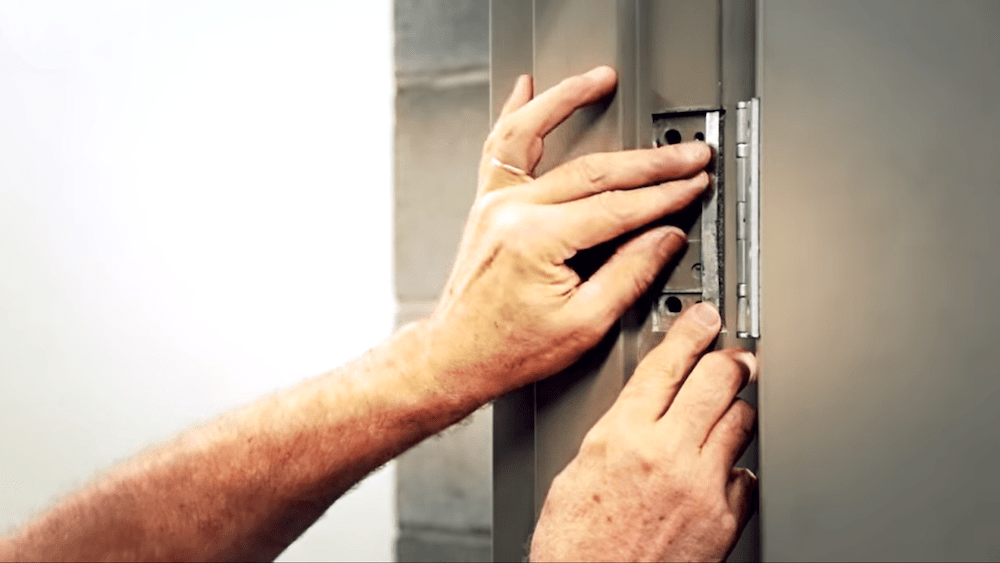
The Purpose of Uneven Hinge Spacing
Uneven hinge spacing on doors helps with load distribution and reduces stress on the door and frame. When hinges are spaced closer at the top and further at the bottom, the design distributes the door’s weight, minimizing the strain on each hinge and prolonging their durability. This spacing style is essential in both interior and exterior doors, where secure, reliable alignment is needed.
Hinge spacing aims to stabilize the door, supporting its weight and reducing wear. By positioning the top hinge closer to the top edge, doors are less likely to sag over time, while spaced bottom hinges prevent scraping on the floor and enhance door longevity.
The strategic placement of hinges helps doors withstand long-term use by balancing the load and ensuring smooth operation. For instance, in heavy-duty hinges or industrial hinge production base settings, uneven spacing prevents wear from frequent opening and closing, maintaining function and alignment.
Why the Top Hinge Is Placed Closer to the Top
The top hinge placement near the door’s top edge is purposeful, as it supports the door’s heaviest section. The top hinge takes on the most load due to gravity and the door’s upper weight concentration, allowing the door to stay aligned and functional over time.
The top hinge placement ensures stability, preventing door sagging. This hinge placement absorbs much of the door’s weight and helps prevent the door from pulling downwards. By securing the heaviest portion of the door with the strongest support, this setup ensures smooth movement and reduces long-term strain on the frame and other hinges.
Hinging configurations like weld on hinges benefit from this structure, offering robust support on larger or heavier doors. With the top hinge providing a firm anchor, the other hinges can work effectively without carrying unnecessary weight.
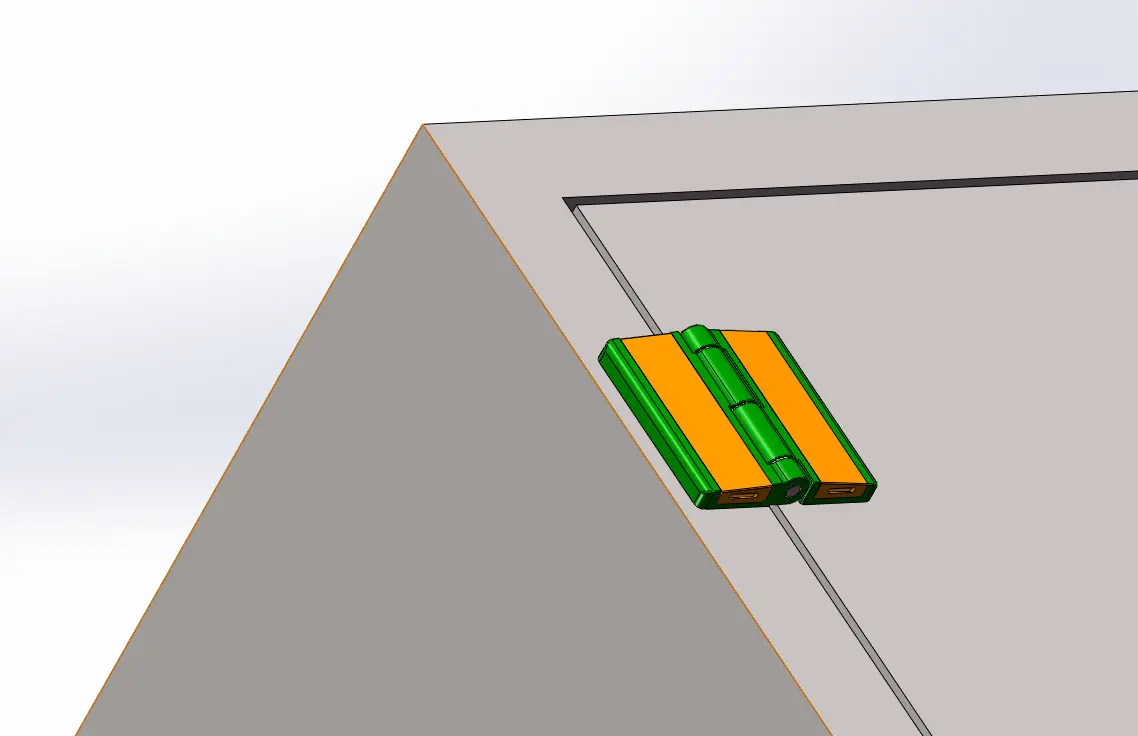
Role of Middle Hinges in Three-Hinge Doors
The middle hinge in a three-hinge door provides additional support, especially useful for taller or heavier doors. It serves to stabilize the door, helping distribute weight across multiple points, which reduces wear on each individual hinge.
Middle hinges are strategically placed for load-bearing and alignment purposes. They absorb additional stress, reducing the workload on the top and bottom hinges. This structure ensures doors remain aligned, especially in larger frames where two hinges may be insufficient for long-term stability.
For applications like cold storage room hinges, the middle hinge offers added security and support, helping withstand daily use and varying temperatures, crucial for environments where durability and insulation are important.
How Bottom Hinges Are Positioned for Stability
Bottom hinges are often spaced further from the door base than the top hinge, creating a balanced distribution of weight. This placement reduces scraping on the floor and prevents sagging over time, ensuring that doors open and close with minimal resistance.
The bottom hinge placement prevents wear on the door and frame, optimizing movement. By spacing the bottom hinge further away, the door’s movement remains balanced, with reduced contact on the floor. This setup prevents the door from dragging, preserving the frame and hinge over extended use.
In applications requiring piano hinges or continuous hinge support, bottom hinge spacing ensures the door’s alignment remains intact, while preventing friction and maintaining hinge integrity.
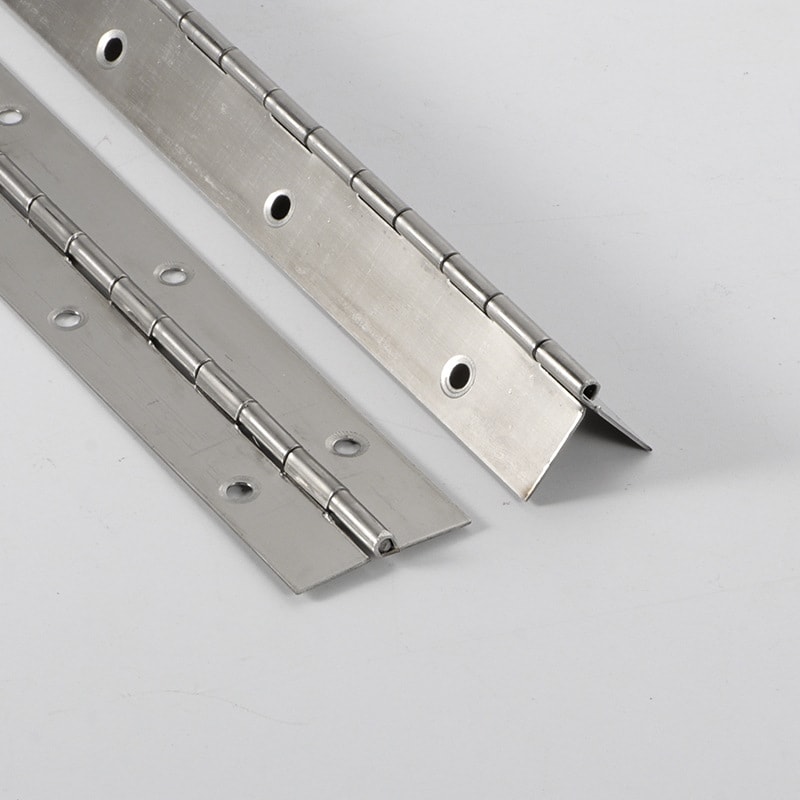
Standard Door Hinge Placement Rules
Standard hinge placements follow industry guidelines to ensure consistent door performance. Typically, the top hinge is placed around five inches from the top, the middle hinge is centered, and the bottom hinge is about ten inches from the base. These measurements are designed for balance, ease of installation, and lasting support.
Standard placements provide a reliable guide for optimal hinge performance. These measurements prevent sagging and ensure the door’s weight is supported by the top hinge, with reinforcement from the middle and bottom hinges. For specific applications, like special hinges or unique custom doors, adjustments in placement may be required.
Standard placements ensure that doors, whether interior or exterior, maintain alignment and remain operational over long-term use. Correct positioning reduces strain and allows for smooth function and reliable security.
Effects of Incorrect Hinge Placement
Improperly placed hinges can lead to door misalignment, sagging, or even structural damage. Uneven or incorrectly spaced hinges can prevent the door from closing properly, creating issues like binding or scraping against the frame.
Misaligned hinges often result in door drag, improper closure, or long-term frame damage. Poor placement places excessive stress on some hinges, causing them to wear out quickly and making the door difficult to operate. Realigning hinges or adjusting them with shims can help correct these issues, preserving the door’s functionality.
In cases where marine hinges are used in high-exposure environments, precise placement and secure fastening are essential to prevent misalignment caused by environmental factors and extended use.
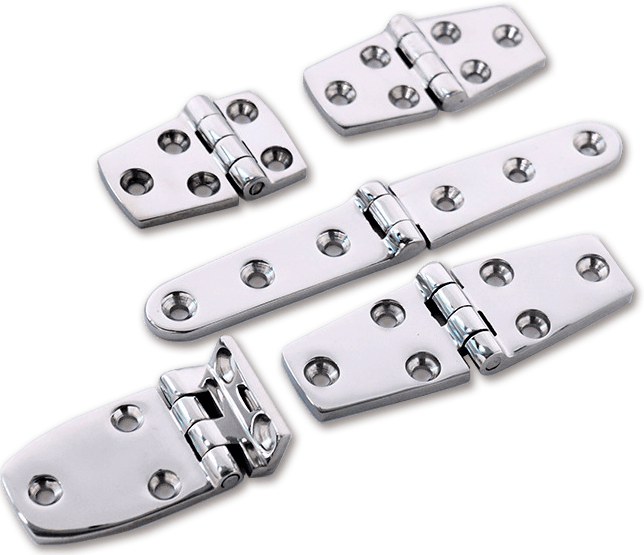
Why Interior and Exterior Doors Differ in Hinge Placement
Exterior doors typically require additional hinge support to handle external stresses, such as weather or frequent use. Therefore, they often have more robust hinge designs or heavier-duty materials compared to interior doors, which focus more on smooth, consistent operation.
Exterior doors rely on hinge placements that prioritize security and durability. Interior doors, however, benefit from flexible placements that emphasize ease of use. For instance, exterior doors may have reinforced detachable hinges that add security, while interior doors use standard hinge configurations.
Different placements address specific functional needs, ensuring that all doors maintain integrity whether indoors or exposed to outdoor conditions.
Impact of Hinge Radius and Hinge Type on Placement
The hinge radius and type impact the hinge’s spacing and placement. Rounded hinges, for example, are often easier to install flush with the door frame, while square hinges may require adjustments for an even fit.
Hinge radius and type influence the door’s alignment and functionality. Rounded hinges are easier to install flush, reducing gaps, while square hinges offer a custom fit. Choosing the right hinge style and radius ensures that the door aligns well with the frame, crucial for custom door setups.
In specialized applications, such as soft close hinges, specific placements allow hinges to align smoothly without noise or resistance, offering added control over door movement.
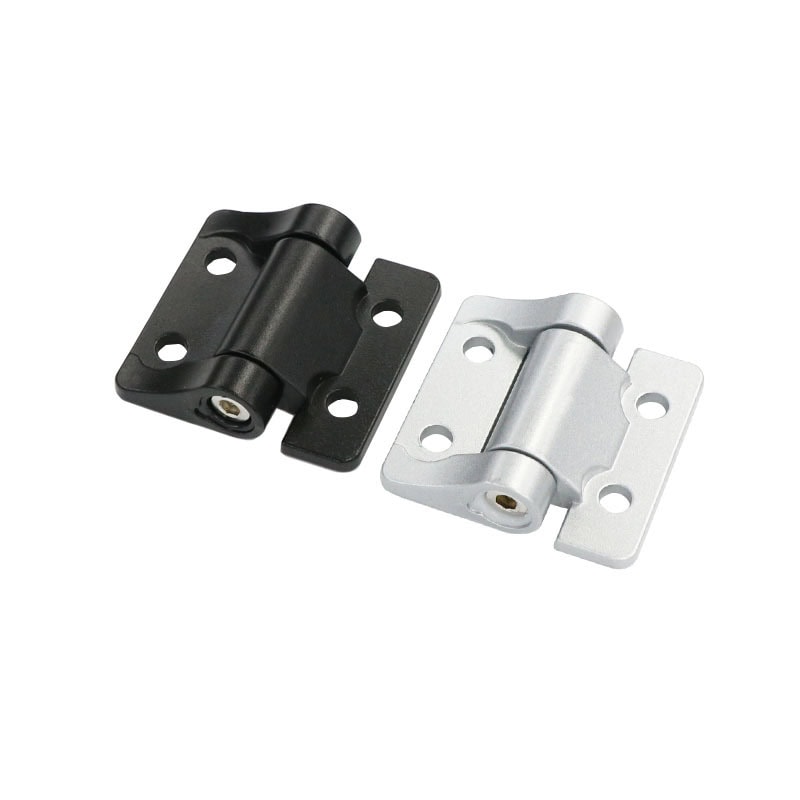
Common Adjustments to Fix Misaligned Hinges
Misaligned hinges can often be fixed through simple adjustments, such as tightening screws, using shims, or repositioning the hinge itself. These methods are effective for minor alignment issues, ensuring that the door remains properly balanced.
Simple hinge adjustments, like shimming, correct minor alignment issues. Misalignments are often caused by loose screws or improper placement, which can be fixed by repositioning the hinge. These methods are effective in restoring the door’s function and alignment, especially for heavy-duty doors.
For heavy or commercial-grade doors with trailer door hinges, these adjustments provide essential support to handle increased loads without excessive wear.
When to Use Four Hinges Instead of Three
Adding a fourth hinge is common for larger or heavier doors to distribute weight evenly and provide additional support. In commercial or industrial settings, four hinges can prevent warping, offering better stability over time.
Four hinges offer increased support and prevent warping for large or heavy doors. The extra hinge balances weight distribution, making it ideal for doors subject to frequent use or heavy loads. This setup maintains the door’s stability, reducing strain on each hinge.
For doors using aluminum hinges or heavy-duty materials, four hinges help reduce the risk of misalignment, ensuring that the door’s weight is balanced and preserving hinge integrity.
Conclusion
Uneven hinge placement ensures optimal support, durability, and door alignment. Proper hinge spacing improves stability, reduces strain on the door and frame, and allows for long-lasting functionality. By following industry standards and adjusting for door types, hinge placements enhance door performance across various applications.




